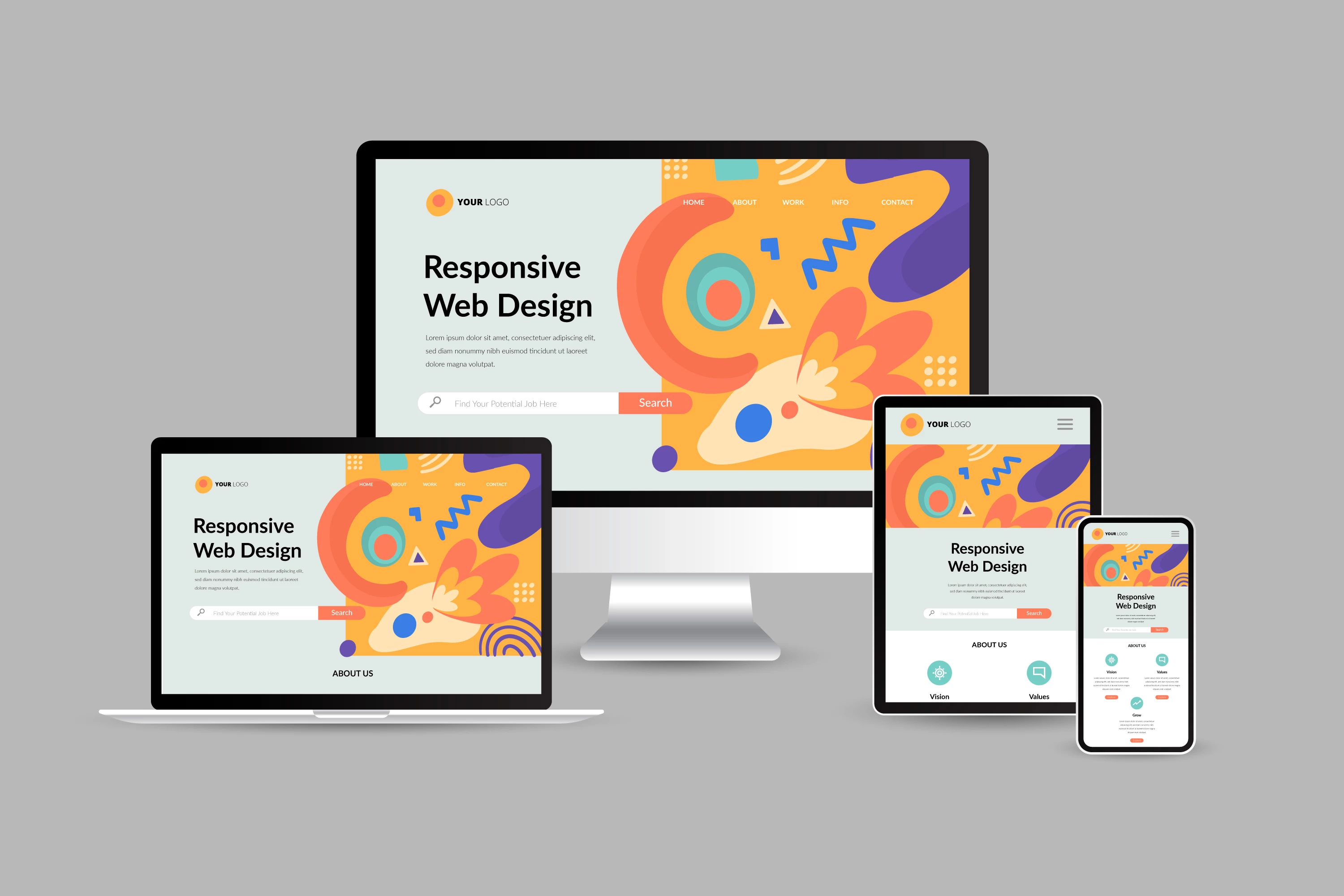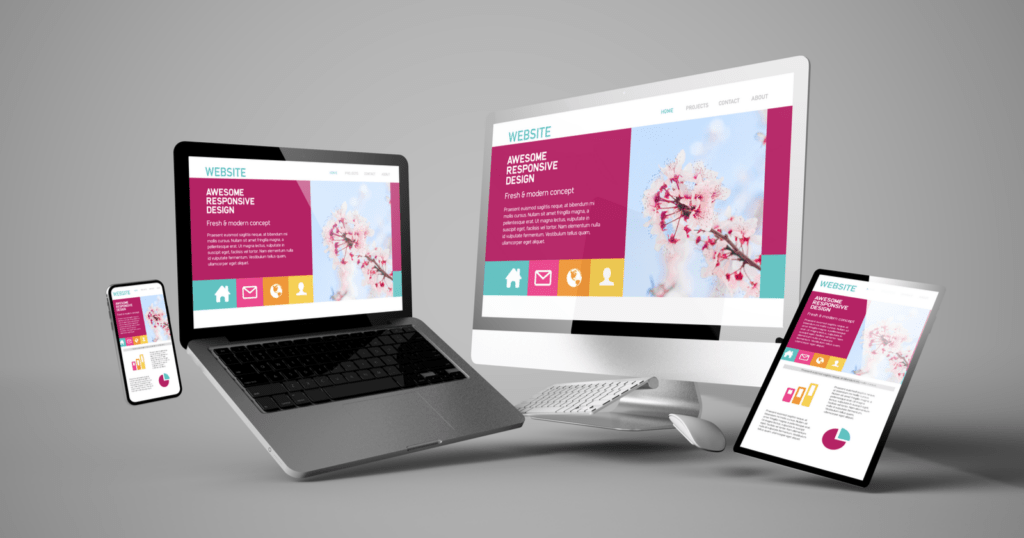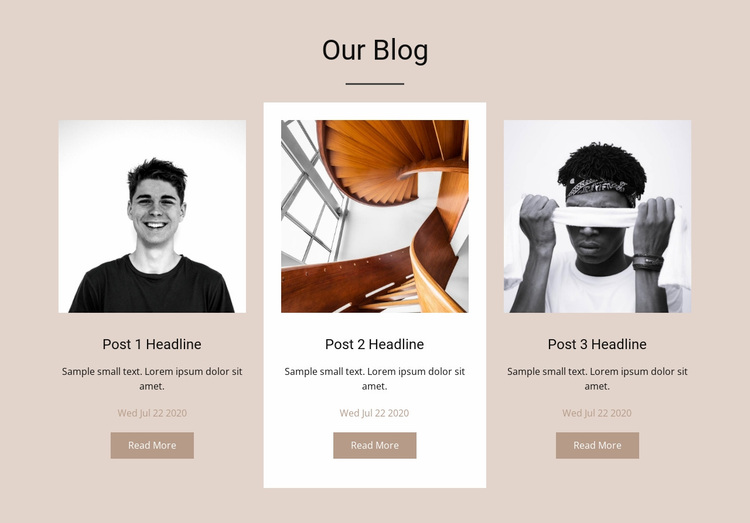Tailored Website Design Services That Address Your Business’s Specific Needs
Tailored Website Design Services That Address Your Business’s Specific Needs
Blog Article
Leading Tips for Developing an Impactful Website Design That Converts
To achieve this, one have to consider a variety of factors, including comprehending the target audience, prioritizing customer experience, and enhancing for mobile platforms. The strategic usage of engaging call-to-actions and a well-defined aesthetic pecking order plays an important role in leading individuals through their journey.

Understand Your Target Audience
Recognizing your target market is fundamental to reliable web site design, as it prepares for developing an appealing user experience. Recognizing who your customers are, including their demographics, preferences, and behaviors, allows designers to customize the internet site's material, format, and performance to fulfill certain needs.
Carrying out comprehensive market study is vital in this procedure. Surveys, meetings, and analytics can offer beneficial insights right into user expectations and pain points. By assembling this data, designers can develop user identities that represent different sectors of the audience, ensuring that style choices are informed and appropriate.
In addition, understanding the target market aids in selecting proper design elements such as color pattern, typography, and imagery that resonate with individuals. An internet site that speaks directly to its target market cultivates a sense of connection and depend on, urging longer gos to and greater conversion rates.
Eventually, a user-centered strategy to site style not just boosts user fulfillment yet additionally sustains business objectives by driving engagement and loyalty. By prioritizing the requirements and preferences of the target audience, a web site can properly offer its objective and attain desired results.
Prioritize Customer Experience
To enhance the overall effectiveness of a site, prioritizing user experience (UX) is vital (Website Design). A well-designed UX ensures that visitors can browse the site effortlessly, discover info swiftly, and involve with content meaningfully. This brings about boosted individual fulfillment and higher conversion prices
Begin by applying user-friendly navigation. Menus should be rationally structured, enabling individuals to locate key locations of the website with very little effort. Consistency in layout components, such as shade schemes and fonts, cultivates experience, which is important for preserving user interaction.
Furthermore, consider the filling rate of your site. A hold-up of simply a few secs can result in substantial drop-offs, as individuals are less most likely to wait for a slow-loading web page. Improving images and maximizing code can enhance efficiency and retain visitors.
By focusing on customer experience, you not just develop a more pleasurable atmosphere for site visitors however additionally reinforce your brand name's reliability. Inevitably, a focus on UX is an investment in the long-term success of your site.
Enhance for Mobile Tools
Enhancing for mobile tools is critical in today's electronic landscape, where an enhancing number of individuals access web sites via smart devices and tablet computers. A mobile-friendly style not just improves customer experience but additionally plays a substantial duty in boosting search engine positions. To attain this, it is important to take on a receptive layout that instantly adapts to numerous display sizes and orientations.

Filling rate is one more critical factor; mobile individuals are usually less individual and anticipate quick accessibility to info. Optimize pictures and leverage internet browser caching to enhance performance. Examination your website on several devices and screen resolutions to recognize and correct any possible usability problems. By prioritizing mobile optimization, you make sure that your website stays affordable and efficiently involves a broader audience.
Usage Engaging Call-to-Actions
A website's performance frequently hinges on its capability to guide site visitors towards desired actions, making engaging call-to-actions (CTAs) important elements of style. CTAs offer as the crucial points that direct users to engage with the site, whether that indicates buying, signing up for a newsletter, or downloading and install a source.
To develop reliable CTAs, quality is extremely important. Usage succinct language that plainly communicates visit their website the action you want the individual to take. Phrases such as "Begin," "Subscribe Free," or "Shop Now" not only share necessity but likewise get rid of uncertainty. The positioning of CTAs is similarly essential; they ought to be tactically positioned throughout the website to ensure they are conveniently noticeable, specifically in high-traffic locations.
Furthermore, consider using directional signs, such as arrowheads or pictures, to guide individuals toward these buttons. By focusing on these components, organizations can substantially enhance individual engagement, driving conversions and inevitably achieving their internet site's goals.
Concentrate On Visual Power Structure
Efficient internet site style counts heavily on a well-structured aesthetic hierarchy that overviews customers through web content flawlessly. By organizing components in a manner that prioritizes details, designers can improve customer experience and facilitate decision-making. This includes making use of size, shade, comparison, and spacing tactically to accentuate the most important components of a website.
The usage of bigger fonts for headings and subheadings develops a clear difference between different areas, permitting users to scan content effortlessly. In addition, using contrasting shades for buttons and calls-to-action can catch customer focus and encourage interaction. Whitespace is one more crucial component; it avoids clutter and allows customers to concentrate on vital messages without distractions.
Images and graphics ought to match the text while likewise adhering to the well established power structure, reinforcing the general message (Website Design). Uniformity in style aspects, such as shade plans and typography, additional enhances the aesthetic pecking order, making navigation user-friendly

Conclusion
To conclude, efficient site design demands a thorough understanding of the target market, prioritization of individual experience, and mobile optimization. The calculated use of compelling call-to-actions and a distinct aesthetic pecking order even more enhances customer involvement. By carrying out these principles, websites can attain higher conversion rates, ensuring that layout aspects not only bring in visitors but additionally assist in seamless navigating and interaction. Ultimately, a well-executed web site style acts as an essential element in driving user activities and accomplishing business goals.
Report this page